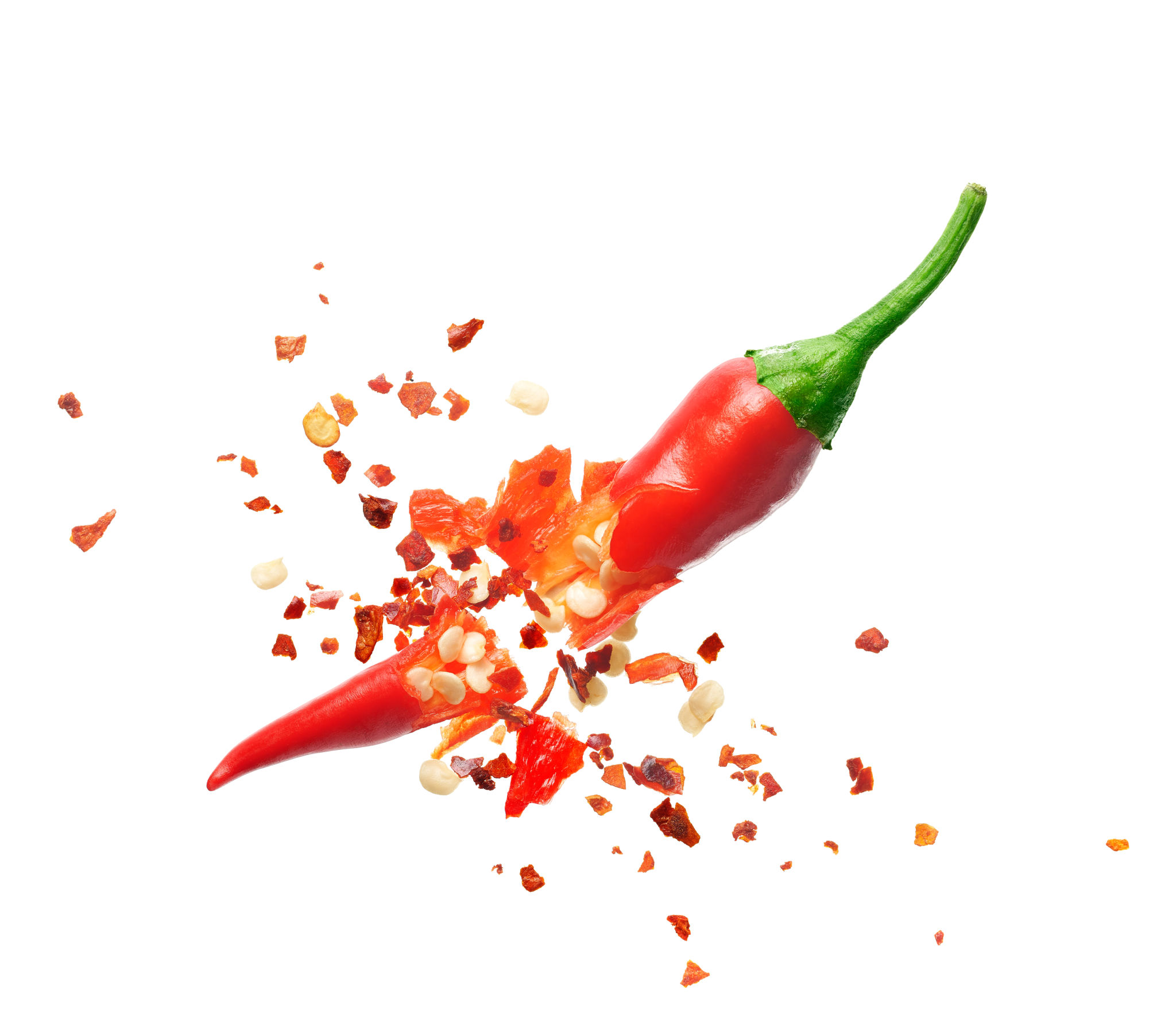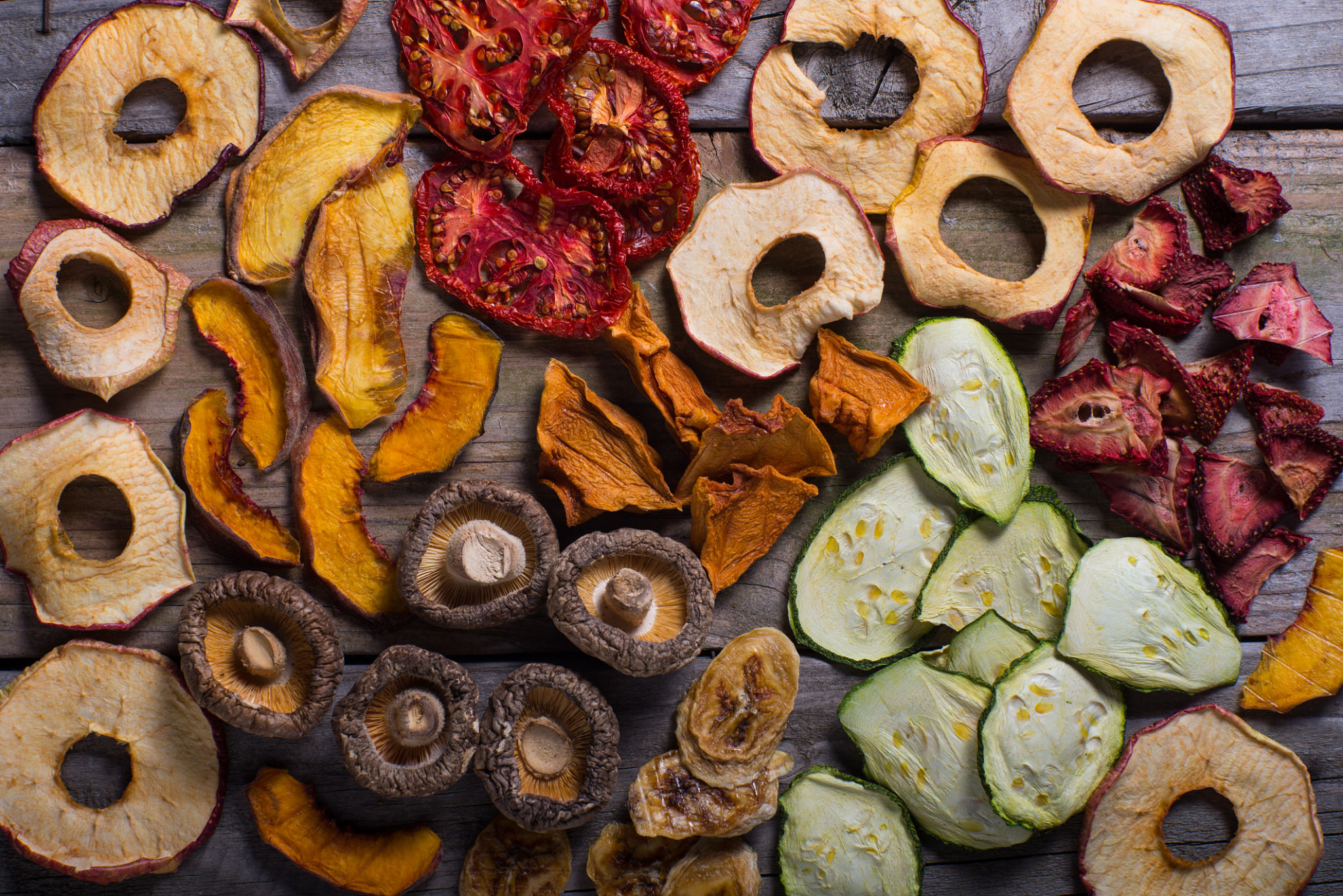Seasonal Recipes with Dehydrated Indian Cuisine
Exploring the World of Dehydrated Indian Cuisine
Indian cuisine is known for its rich and diverse flavors, and dehydrated Indian recipes offer a unique way to enjoy these tastes in a convenient form. Dehydration is a traditional technique used to preserve food, allowing you to enjoy seasonal ingredients year-round. Whether you're a seasoned foodie or a culinary adventurer, exploring dehydrated Indian dishes can add a new dimension to your culinary repertoire.

Benefits of Dehydrated Foods
Dehydrating food has been practiced for centuries, and it offers numerous benefits. First, it helps retain the nutritional value of the ingredients, ensuring you get maximum health benefits. Additionally, dehydrated foods are lightweight and easy to store, making them perfect for travel, camping, or quick meals at home. With a longer shelf life, you can also reduce waste and enjoy your favorite ingredients any time of the year.
Moreover, dehydrated Indian cuisine allows you to experiment with traditional flavors in modern dishes. From curries to snacks, the possibilities are endless. By rehydrating these ingredients with water or broth, you can bring them back to life and infuse your meals with intense flavors.
Popular Dehydrated Indian Ingredients
When it comes to dehydrated Indian cuisine, certain ingredients are staples. Here are some popular choices:
- Dehydrated Vegetables: Onions, garlic, tomatoes, and peas are common in many recipes.
- Spices and Herbs: Cumin, coriander, turmeric, and fenugreek can be dehydrated to preserve their flavors.
- Pulses: Lentils and chickpeas are often used in soups and stews.

Seasonal Dehydrated Recipes
As the seasons change, so do the ingredients available for dehydration. Here are some seasonal recipes you can try:
- Spring: Try a vibrant Dehydrated Pea Soup with mint and spices for a refreshing start to the season.
- Summer: Create a Dehydrated Tomato Chutney using sun-dried tomatoes for a tangy accompaniment.
- Autumn: Enjoy a hearty Pumpkin Curry with dehydrated pumpkin pieces and warm spices.
- Winter: Warm up with a Lentil Stew, enriched with dehydrated garlic and onions.
Simple Tips for Dehydrating at Home
If you're interested in trying your hand at dehydrating foods at home, here are some simple tips:
- Use a reliable dehydrator or an oven set at low temperatures.
- Slice ingredients evenly to ensure consistent drying.
- Store dehydrated foods in airtight containers away from light and moisture.

Conclusion: Embrace the Flavors
Dehydrated Indian cuisine offers an exciting way to experience traditional flavors in a convenient format. By incorporating dehydrated ingredients into your cooking, you can create delicious meals that capture the essence of India's culinary heritage. Whether you're looking to preserve seasonal produce or explore new taste sensations, dehydrating food is a rewarding practice that enriches your kitchen adventures.
So why not embrace the art of dehydration and introduce your taste buds to the vibrant world of Indian flavors? With these tips and recipes, you're well on your way to creating unforgettable meals that will delight your family and friends.
